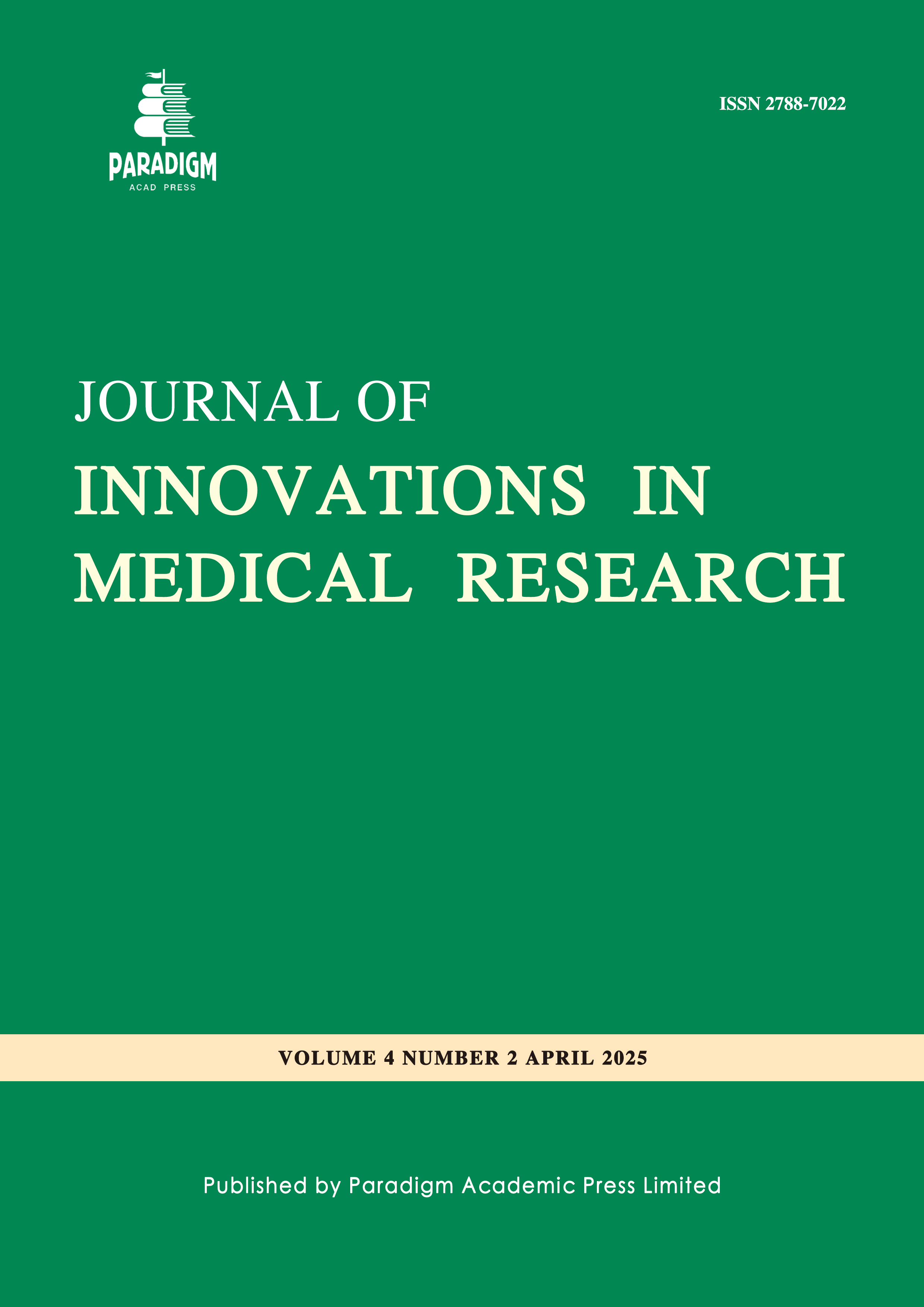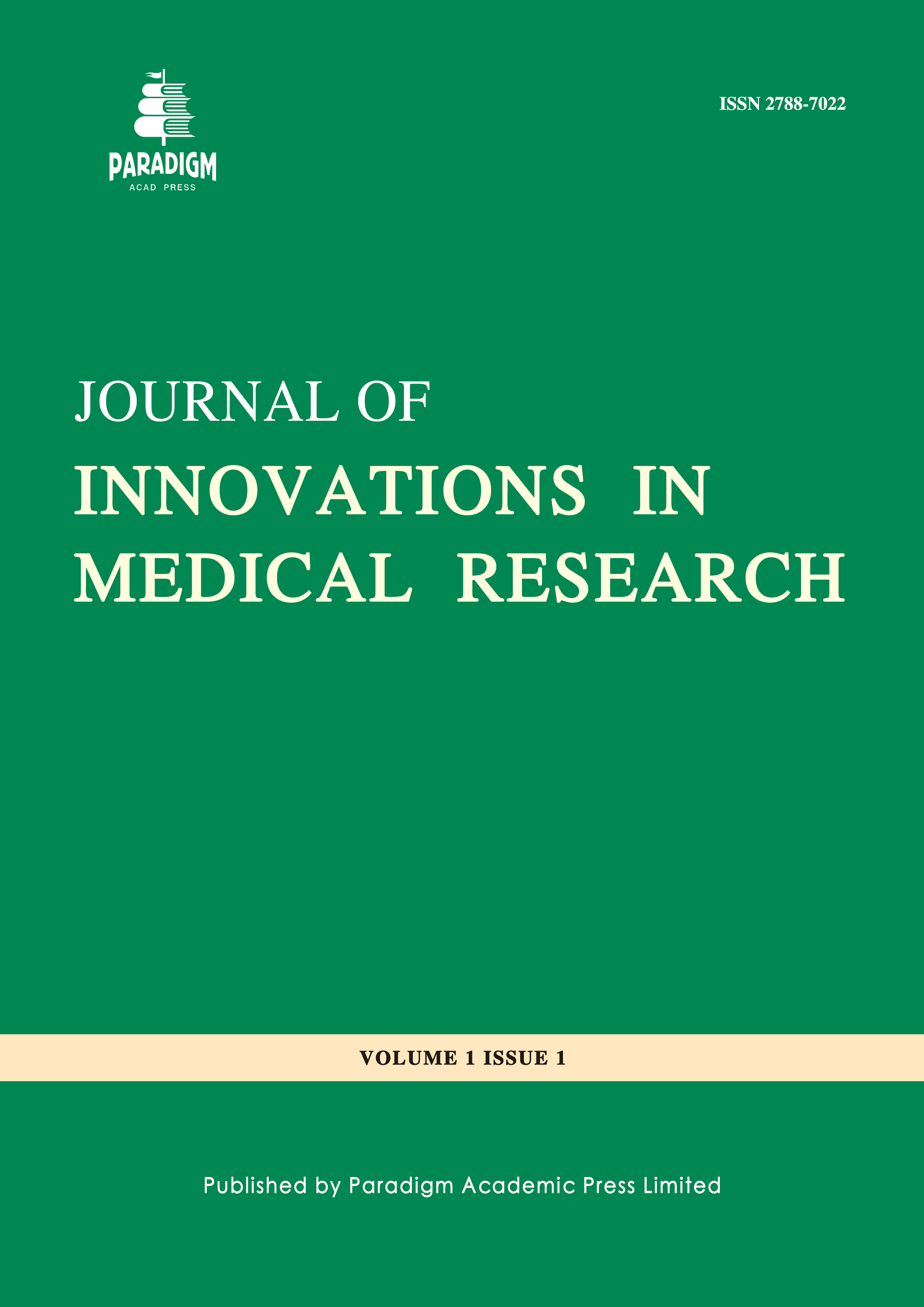Calcium Carbide-Induced Ripening Alters Vitamin C Levels and Organ Histomorphology in Wistar Rats: Implications for Food Safety
Keywords:
calcium carbide, ripening, vitamin C, histopathology, Wistar rats, food safetyAbstract
Background: The use of calcium carbide (CaC₂) in fruit ripening is widespread in many developing countries, raising concerns about food safety and the potential health risks posed by chemical residues. This study investigates the effects of calcium carbide-induced ripening on vitamin C levels and organ histomorphology in Wistar rats. Aim: The aim of the study is to evaluate the impact of calcium carbide-induced ripening on vitamin C content in fruits and histological changes in the liver, kidneys, and ovaries of Wistar rats. Methodology: Wistar rats were divided into nine groups, with each group receiving different ripening treatments (naturally ripened, market ripened, and laboratory ripened with calcium carbide). The treatment duration was 20 days. Vitamin C levels were measured, and histopathological analyses were performed on liver, kidney, and ovary tissues. Results: The results showed that naturally ripened fruits had the highest vitamin C content (2.23±1.20 mg/ml), while calcium carbide-treated fruits exhibited lower levels, with the 30g CC laboratory ripened fruits showing 1.28±0.50 mg/ml. Histological examination revealed vascular congestion and tissue degeneration in the liver and kidneys of rats fed calcium carbide-treated fruits. Liver and kidney weights were significantly altered in the calcium carbide-treated groups, with liver weights in Group D (4.40±0.40g) and Group G (5.00±0.90g) being notably lower. Conclusion: Calcium carbide-induced ripening adversely affects vitamin C content and induces histopathological changes in vital organs, indicating potential toxicity. These findings emphasize the need for stricter regulation of artificial ripening agents to protect public health.



